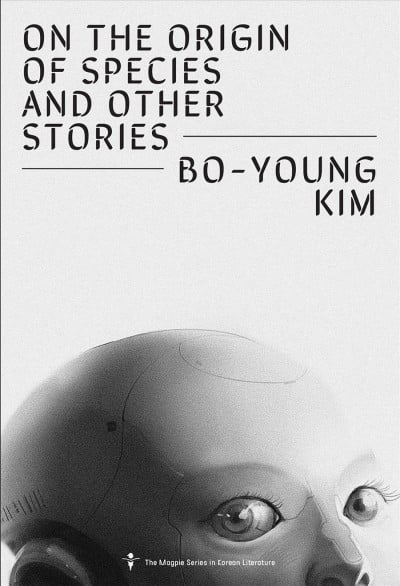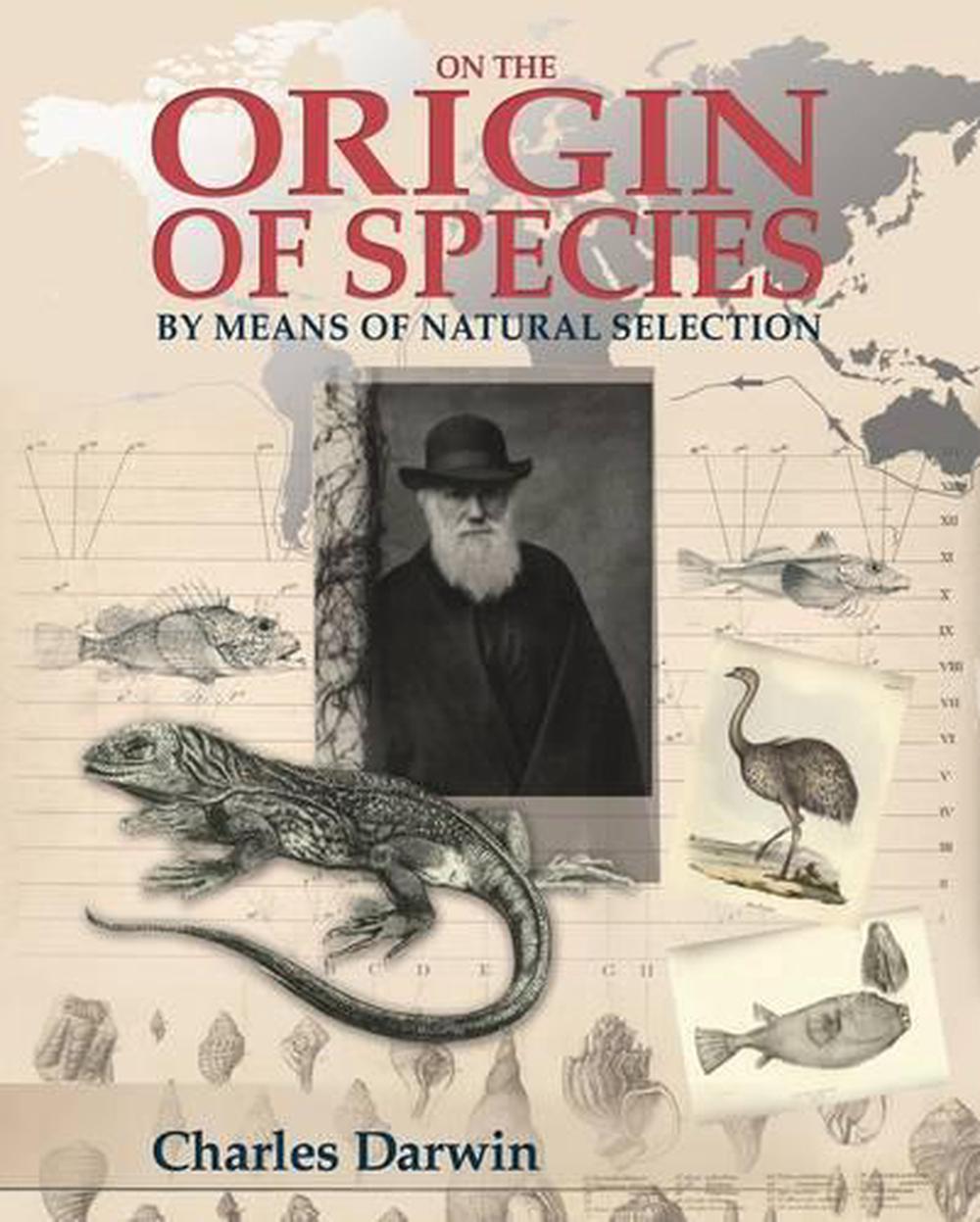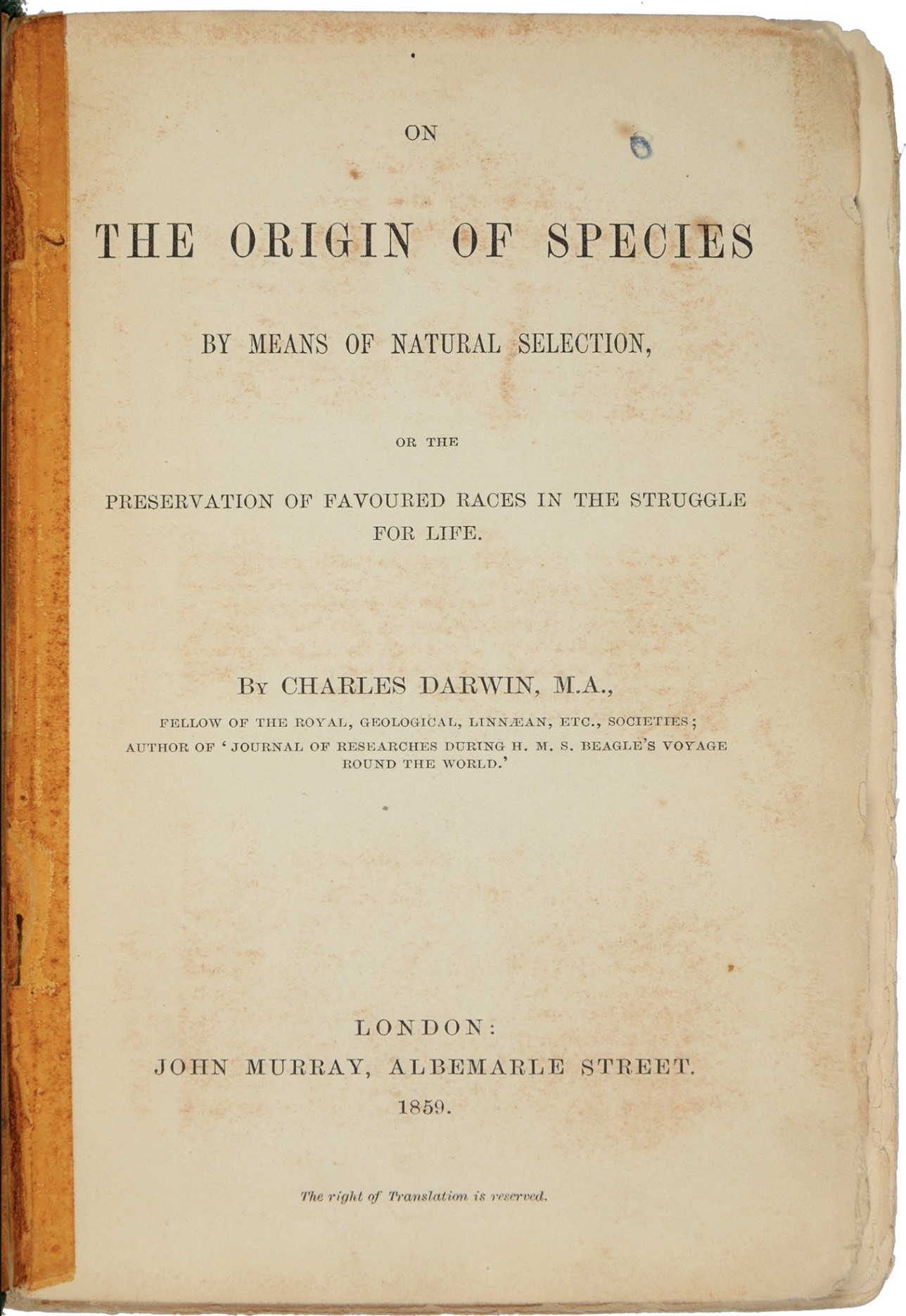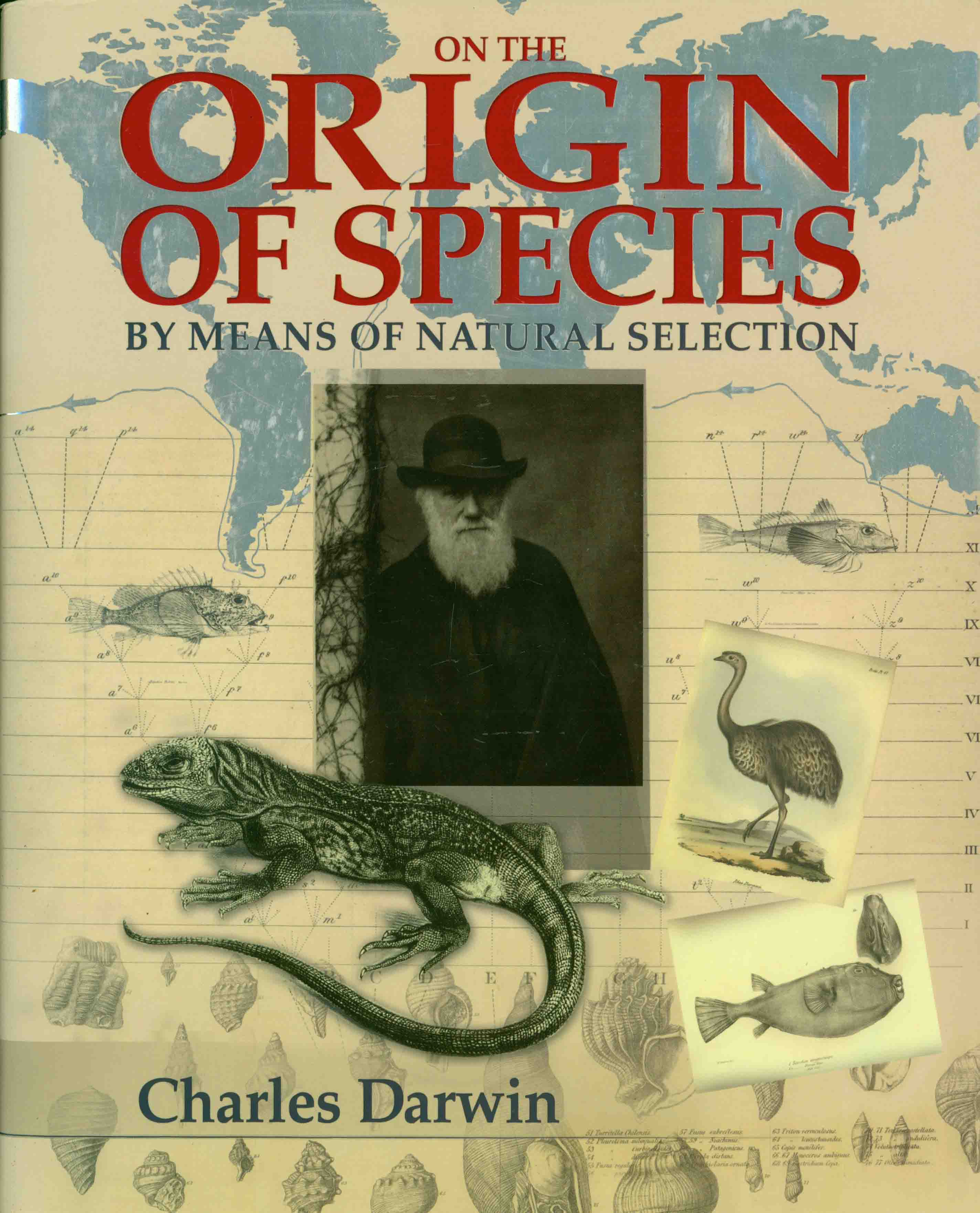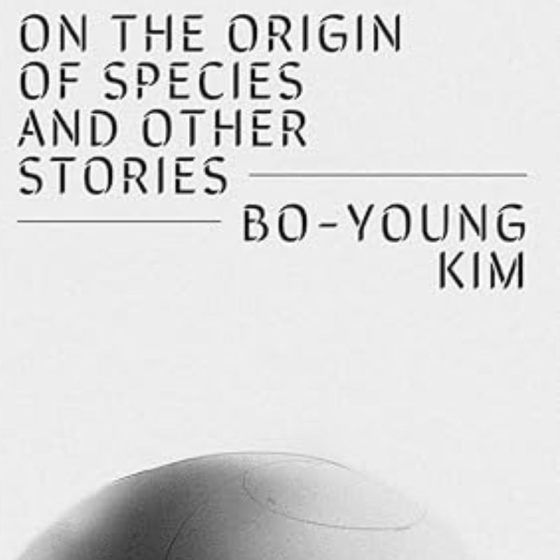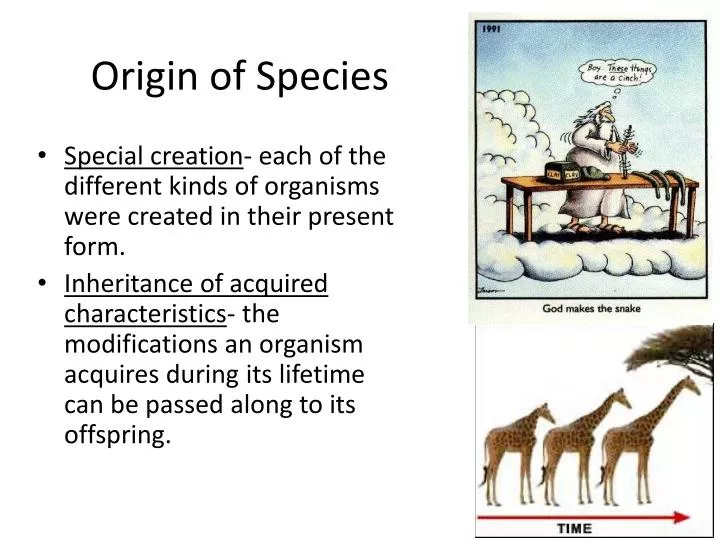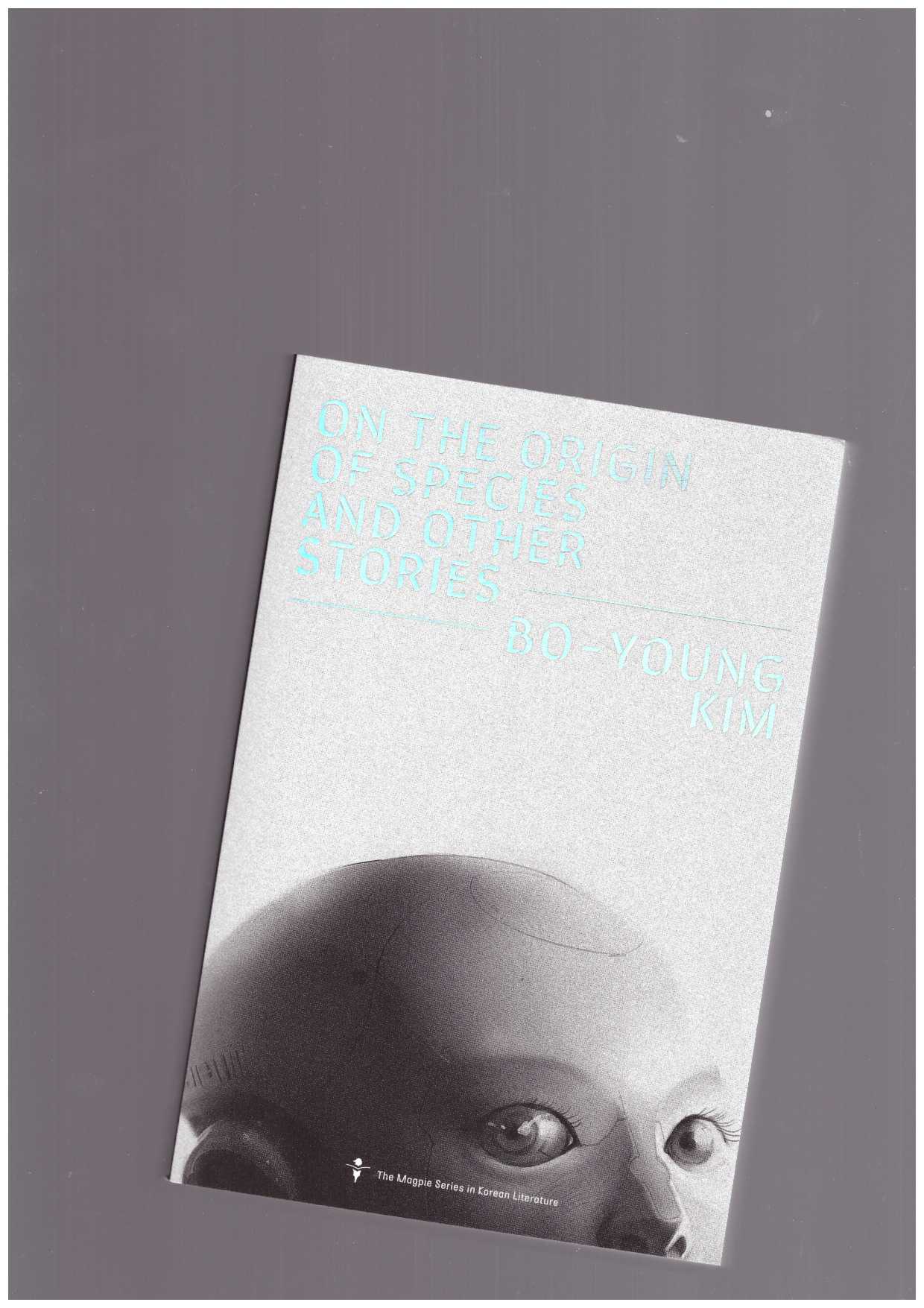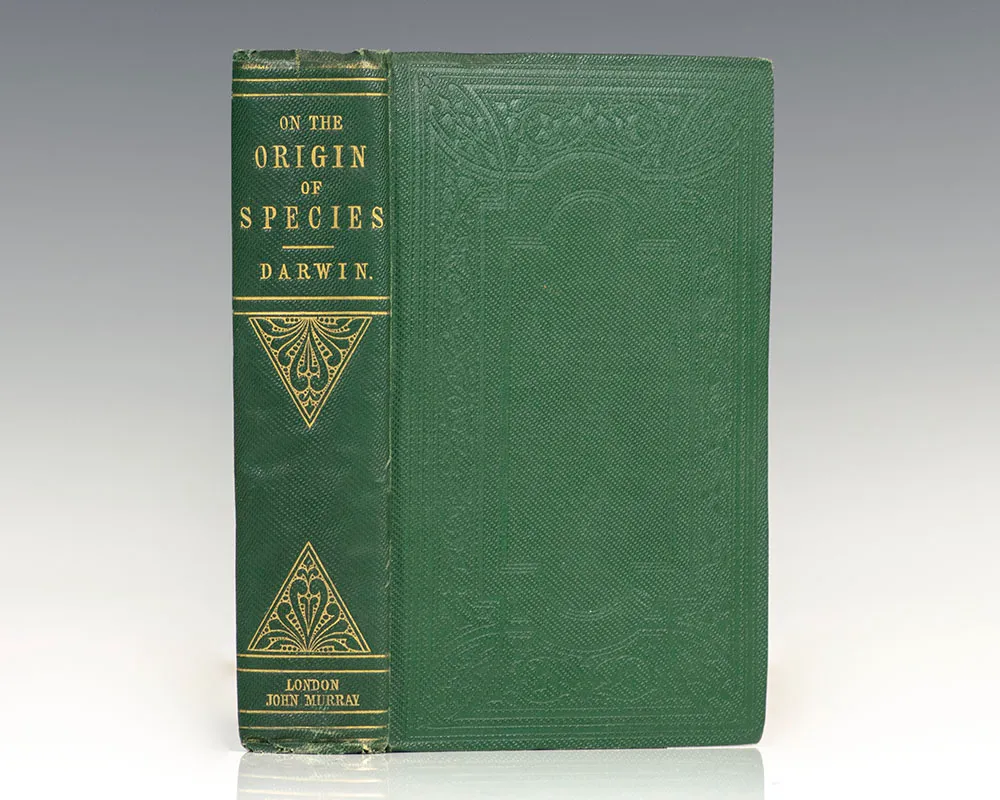On The Origin Of Species And Other Stories
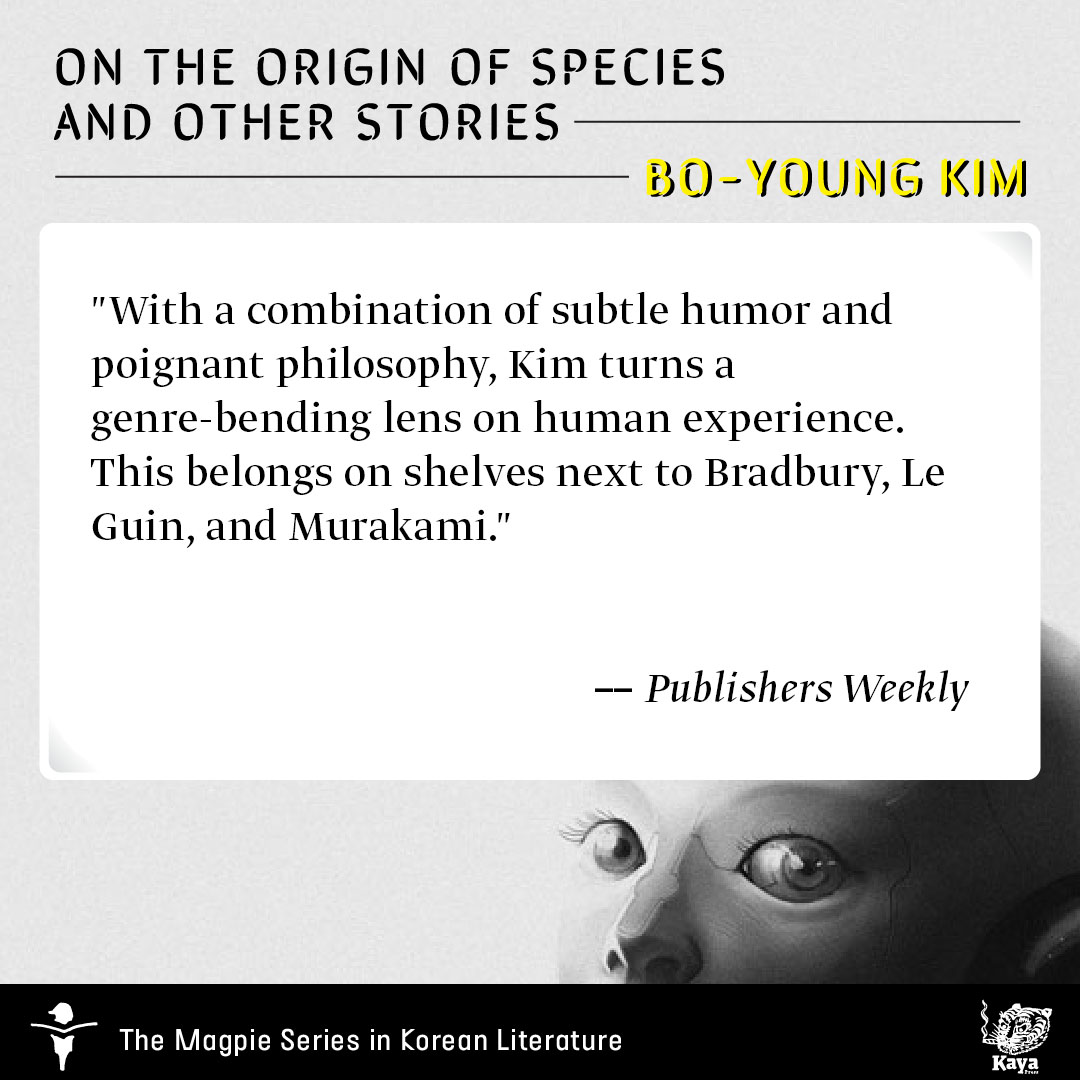
Cambridge – A new exhibition at the Cambridge University Library delves into the life and enduring legacy of Charles Darwin, showcasing not only his groundbreaking work, On the Origin of Species, but also exploring lesser-known facets of his personal life and scientific pursuits. The exhibition, titled "On the Origin of Species and Other Stories," opened its doors on October 14th and is scheduled to run until April 30th of the following year.
The exhibition aims to provide a holistic view of Darwin, moving beyond the simplified image of the detached scientist to reveal the man behind the revolutionary theories. It explores his intellectual development, his personal relationships, and the meticulous research that underpinned his groundbreaking contributions to science. Cambridge University Library holds one of the most significant Darwin archives in the world, making it the ideal location for such an extensive exploration.
Unveiling the Darwin Archive
The exhibition draws heavily from the extensive Darwin Archive held within the University Library. This archive includes original manuscripts, correspondence, notebooks, and family papers, offering unprecedented insight into Darwin's thinking and working methods. These primary sources provide tangible evidence of the evolution of his ideas, showcasing the process of scientific discovery as it unfolded.
Among the key exhibits are early drafts of On the Origin of Species, revealing the revisions and refinements Darwin made as he developed his theory. Visitors can also examine Darwin's meticulously kept notebooks, filled with observations and sketches from his voyage on the HMS Beagle. These notebooks provide a glimpse into the initial seeds of his evolutionary thinking.
Beyond 'Origin': A Wider Perspective
While On the Origin of Species rightfully takes center stage, the exhibition also shines a light on Darwin's other significant contributions to science. These include his work on barnacles, earthworms, and the expression of emotions in humans and animals. The exhibition emphasizes the breadth and depth of Darwin's scientific curiosity, showcasing his contributions across various fields of biology.
One section is dedicated to Darwin's correspondence with other scientists, highlighting the collaborative nature of scientific inquiry in the 19th century. Letters from contemporaries such as Alfred Russel Wallace, who independently developed a theory of evolution by natural selection, are also on display. This correspondence reveals the intellectual ferment of the era and the debates surrounding evolutionary theory.
The Human Side of Darwin
The exhibition also delves into Darwin's personal life, offering a glimpse into his family relationships and his struggles with health. Letters to his wife, Emma Darwin, reveal the deep love and support that sustained him throughout his life. These personal documents paint a picture of a man who was both a brilliant scientist and a devoted family man.
The exhibition acknowledges Darwin's struggles with illness, which plagued him for much of his adult life. It explores the impact of his ill health on his work and his relationships. This personal dimension adds a human element to the exhibition, making Darwin more relatable to modern audiences.
Significance and Impact
The "On the Origin of Species and Other Stories" exhibition is significant for several reasons. It provides a unique opportunity to engage with original sources from one of the most influential scientists in history. The exhibition promotes a deeper understanding of evolutionary theory and its profound impact on our understanding of the natural world.
By showcasing Darwin's personal life and his interactions with other scientists, the exhibition humanizes the scientific process. It emphasizes the importance of collaboration, perseverance, and critical thinking in scientific discovery. The exhibition aims to inspire a new generation of scientists and thinkers by revealing the man behind the revolutionary ideas.
The exhibition is expected to attract a wide audience, including students, researchers, and members of the general public. Educational programs and guided tours are being offered to enhance the visitor experience. Cambridge University Library hopes that the exhibition will stimulate further research and discussion on Darwin's life and work.
The exhibition's impact extends beyond the academic community. By presenting Darwin's work in an accessible and engaging manner, it aims to promote scientific literacy and critical thinking among the general public. It encourages visitors to question assumptions, explore new ideas, and appreciate the beauty and complexity of the natural world.
"This exhibition offers a rare glimpse into the mind of a scientific genius and the world that shaped his groundbreaking ideas," stated Dr. Emily Jones, the lead curator of the exhibition. "We hope it will inspire visitors to think critically about the world around them and to appreciate the enduring legacy of Charles Darwin."
The exhibition's location at Cambridge University Library adds to its significance. Cambridge was Darwin's alma mater, and the University Library holds a treasure trove of materials related to his life and work. This historical context enhances the visitor experience and provides a deeper connection to Darwin's intellectual journey.
In conclusion, "On the Origin of Species and Other Stories" promises to be a landmark exhibition, offering a comprehensive and insightful exploration of Darwin's life and legacy. By showcasing original manuscripts, correspondence, and other primary sources, the exhibition provides a unique opportunity to engage with the man behind the revolution and to appreciate the enduring impact of his work.
